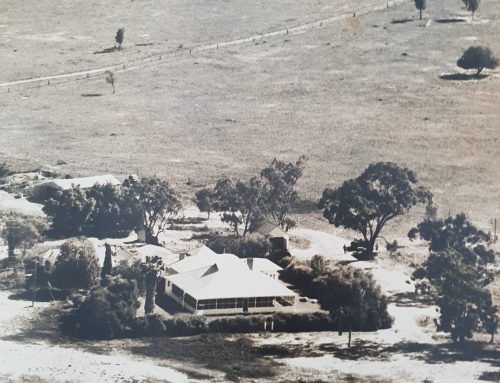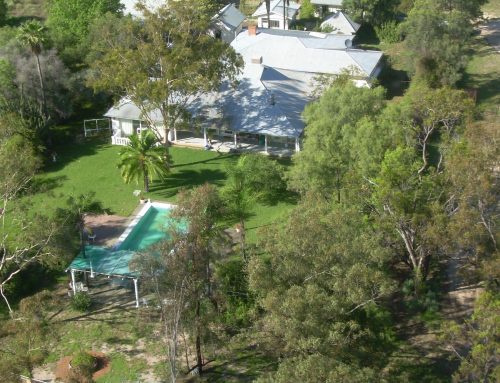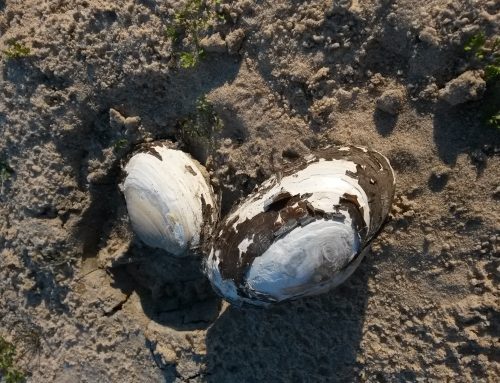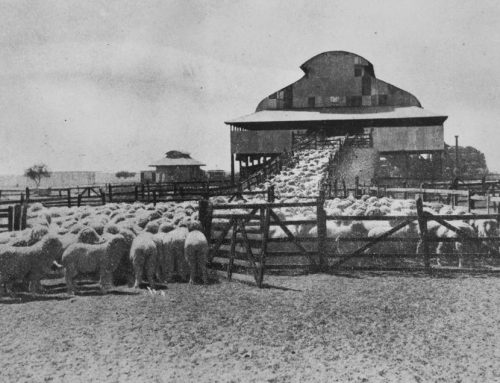This time nearly six months ago we were waiting for the hay baler to come back and finish the job of carting sorghum bales back to the hayshed. We’d received some great rain which was excellent for our crops however not so good if you’re waiting for bales to dry out for storage. In the past we’ve chopped sorghum and stored it as drought fodder in an earthern bunker. The last fill we did was about 1200 tonnes and it was used to feed cattle during the drought. The pit looks like some ancient tomb rising up from the black soil plains-it’s empty now thanks to the drought. We converted an old truck into a tipper and loaded the old girl with a front end loader. The silage was then fed out to the cows in a long trail. Trying to drought proof your property is impossible-feeding stock, paddock rotation and selected culling can alleviate the situation however if you are a breeder there are usually only two options, putting the stock out in the long paddock or agisting your stock onto another person’s property ( We pay for the use of the land on a per cow basis). The long paddock involves drovers and permits, the occassional dropped cow or calf, miles of travelling to water points and continual negotiations on the part of the ‘Boss’ drover with impatient motorists and wily neighbours if cattle stray. The management of this government land (which usually borders rural roads) by the local PP (Pasture Protection) Board became a sticky issue during the drought. Usually a mob walks in one direction with varying mobs depending on the feed situation either in front or behind. The rule of thumb is that everyone has to walk their stock about 10 km a day which is roughly the distance between watering points. The benefit of this is that those on the route have an equal chance of obtaining reasonable feed for their stock (unless you’re the last on and there’s five mobs ahead of you and the feed’s scarce) The Lands Department (which was reformed sucking up the state’s PP Boards and many of the staff with it) decided to allow sectioning in our part of the world. Drovers or adjoining property owners could tape off sections literally ‘chewing out’ sections of the route and causing problems for other mobs travelling through. Imagine walking a mob with cows and calfs and after 10 kms discovering a 2 km section has been taped off near your watering point. You still have access to water – but no feed. It’s interesting that the ‘powers that be’ argued that they were protecting the route and that plant regeneration was a major consideration in their decision making. In my limited experience if you over graze it takes far longer for plants to regenerate and these sections were flogged bare. Droughts and floods are extremely stressful times. Your choices are limited, decision making can quickly divert into crisis management without sound plans and many suffer from ill-health. In remembering however, we learn and are hopefully better prepared the next time the weather Gods look down with a wry grin on their faces.







Leave A Comment